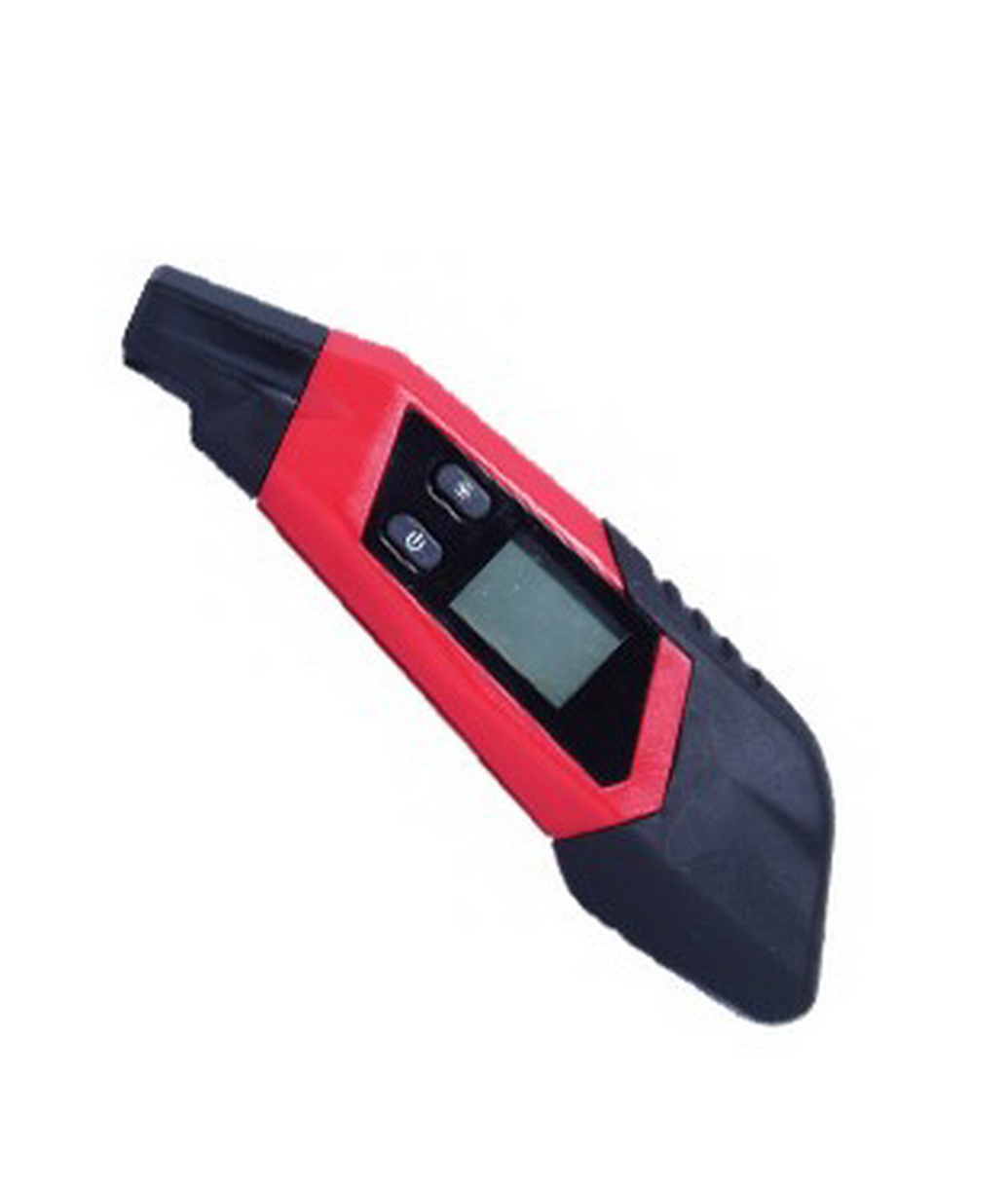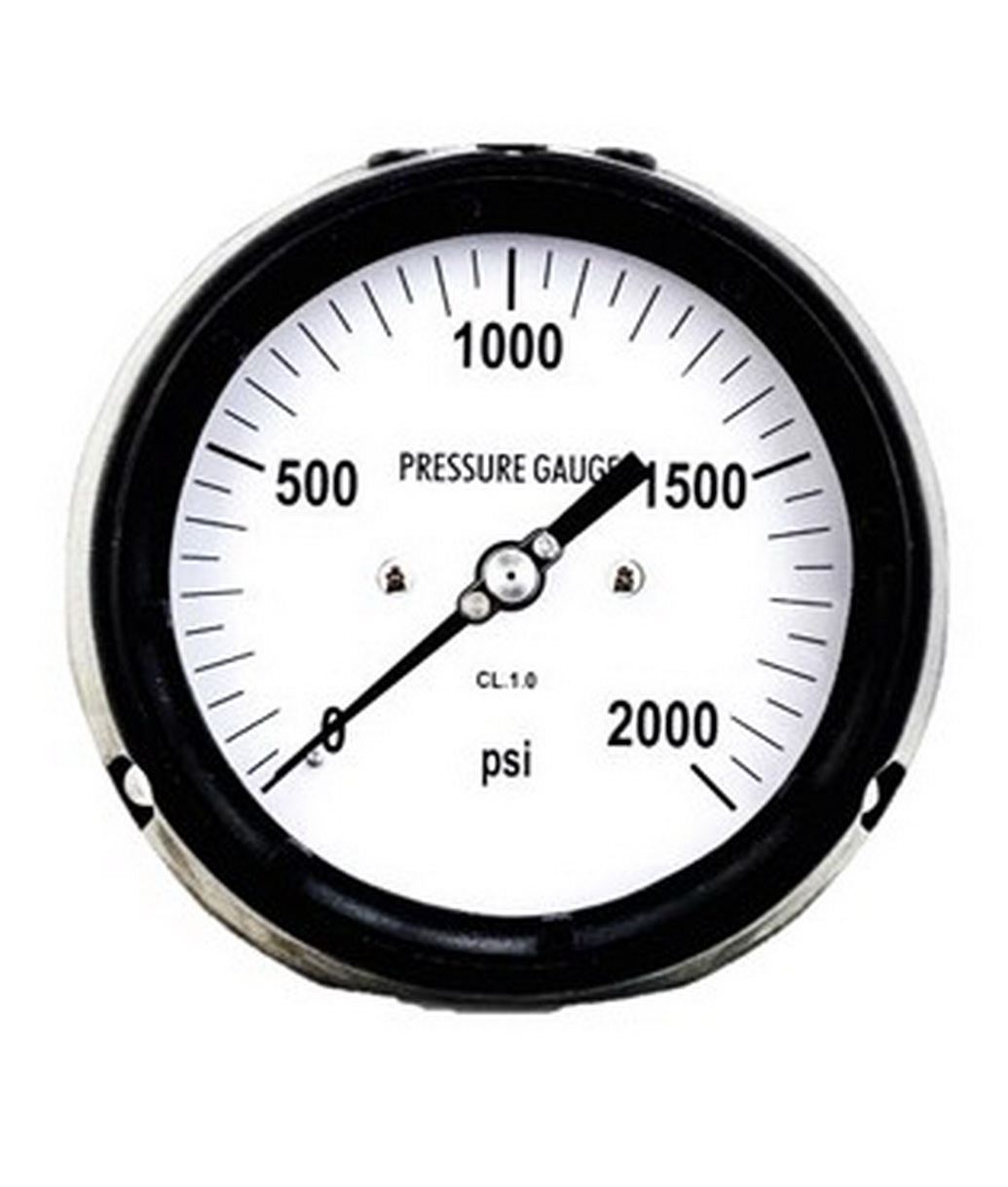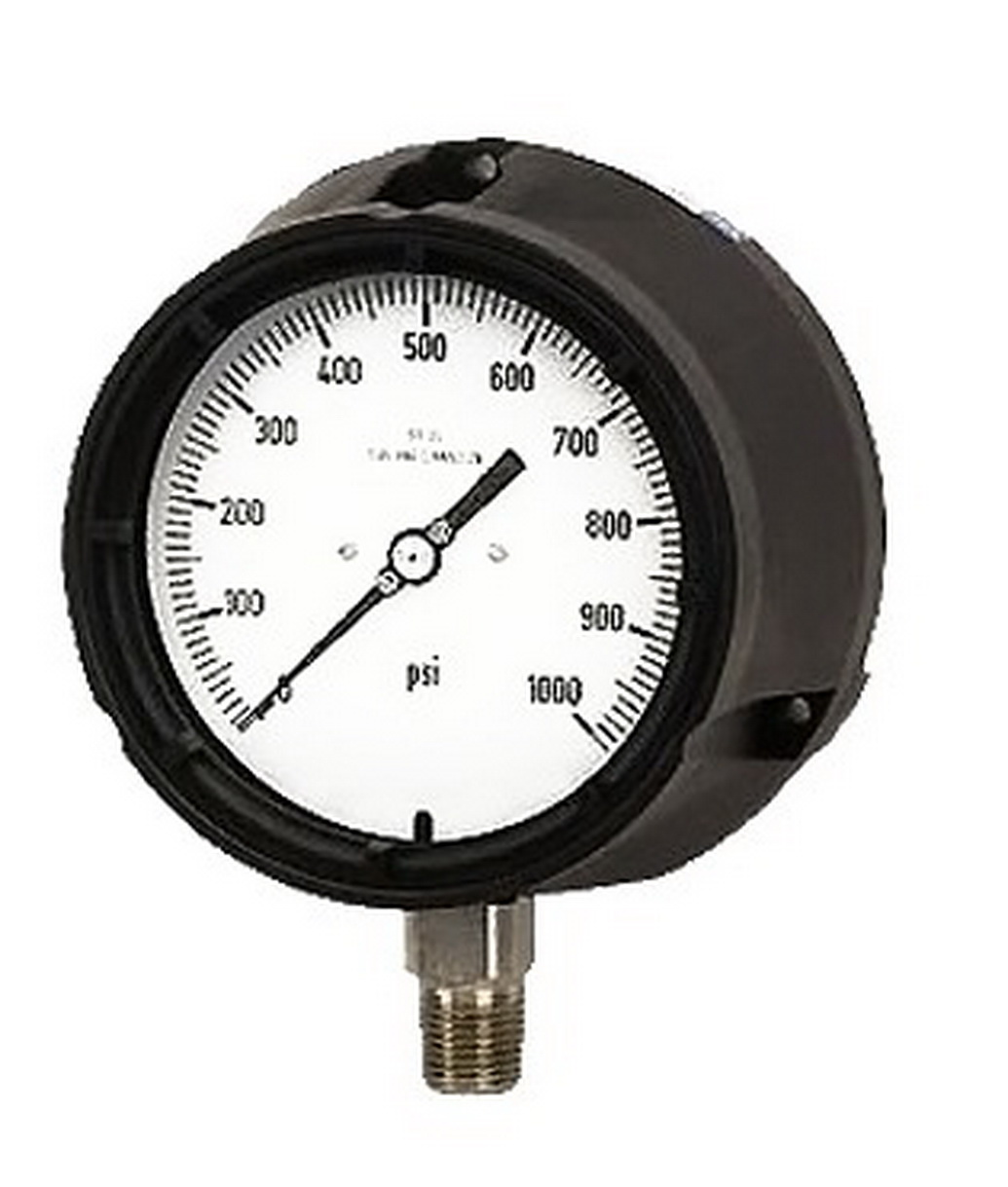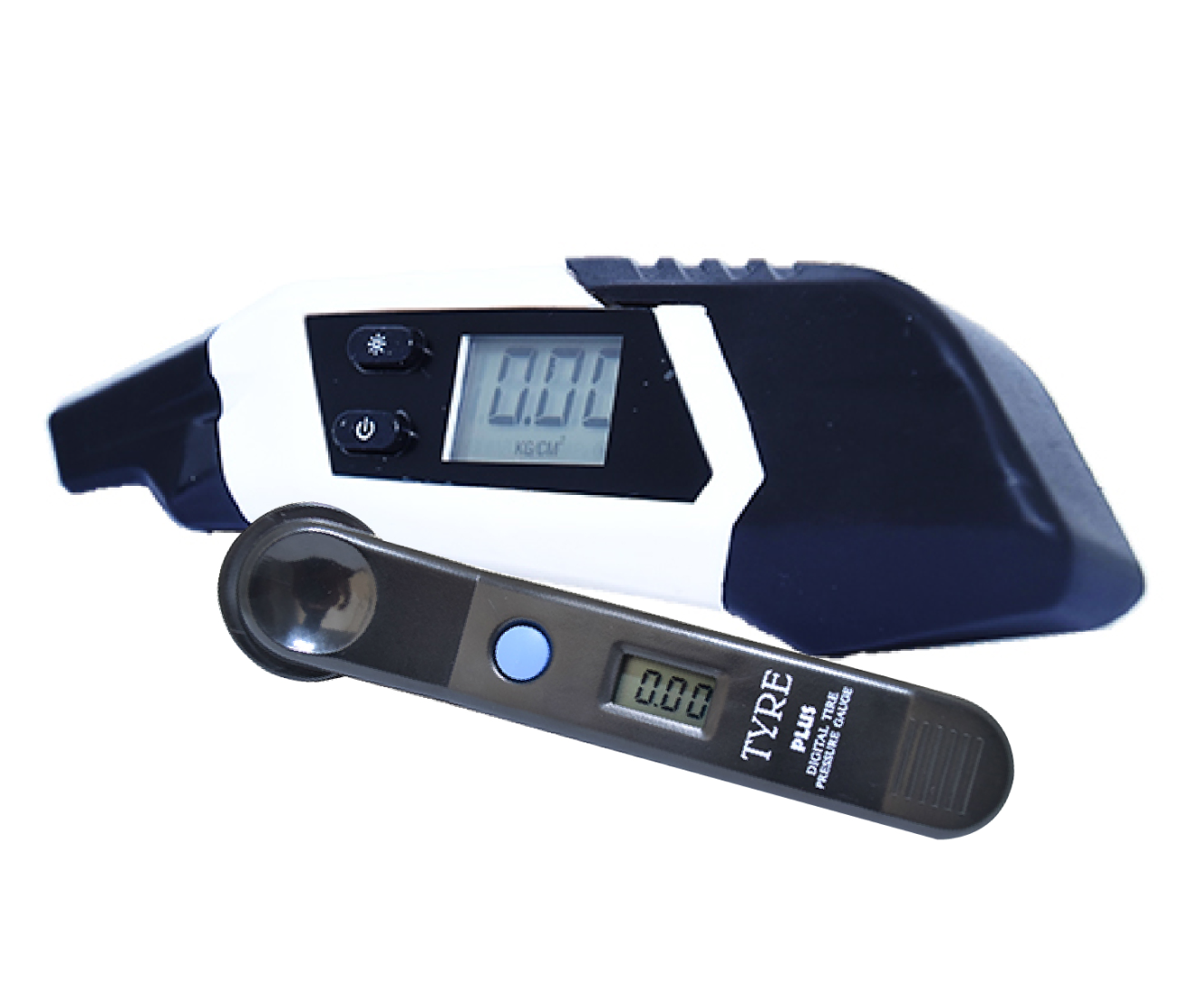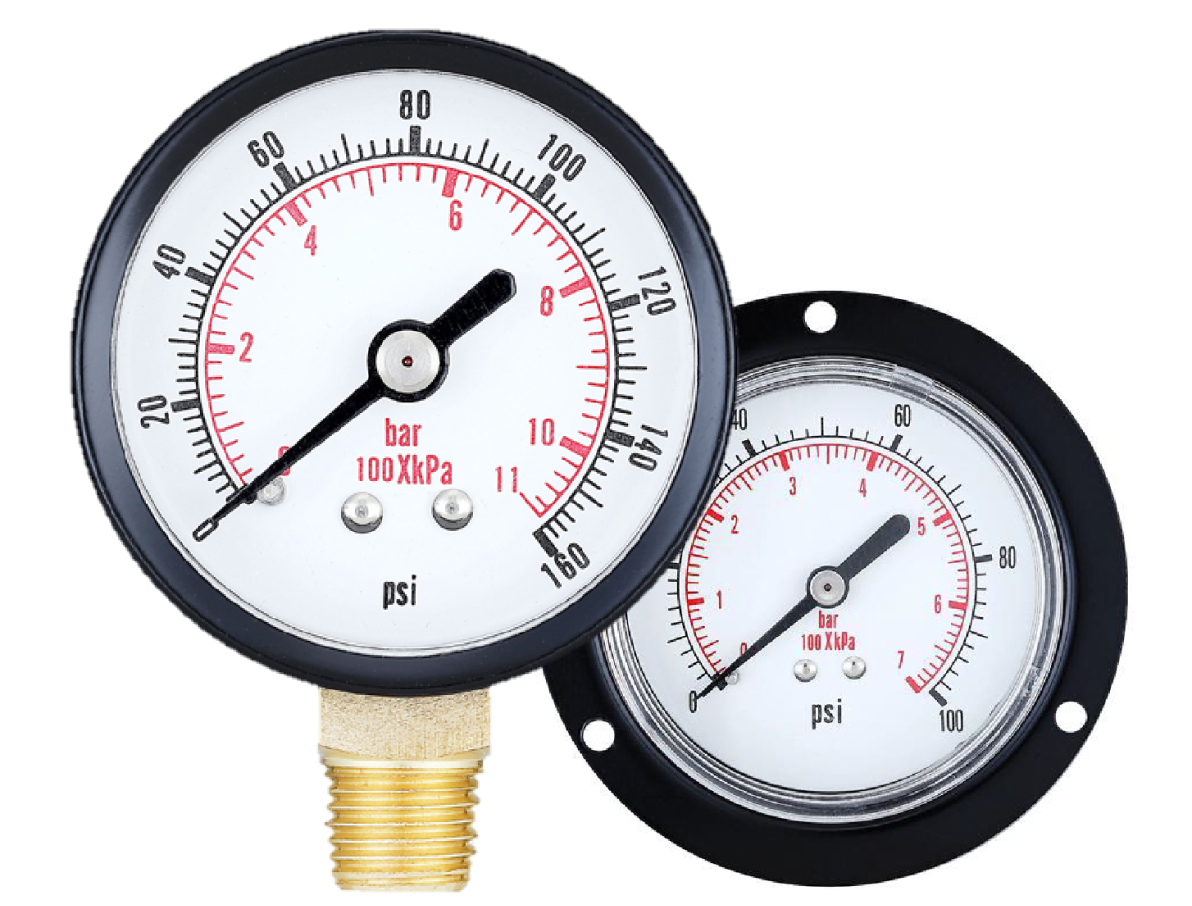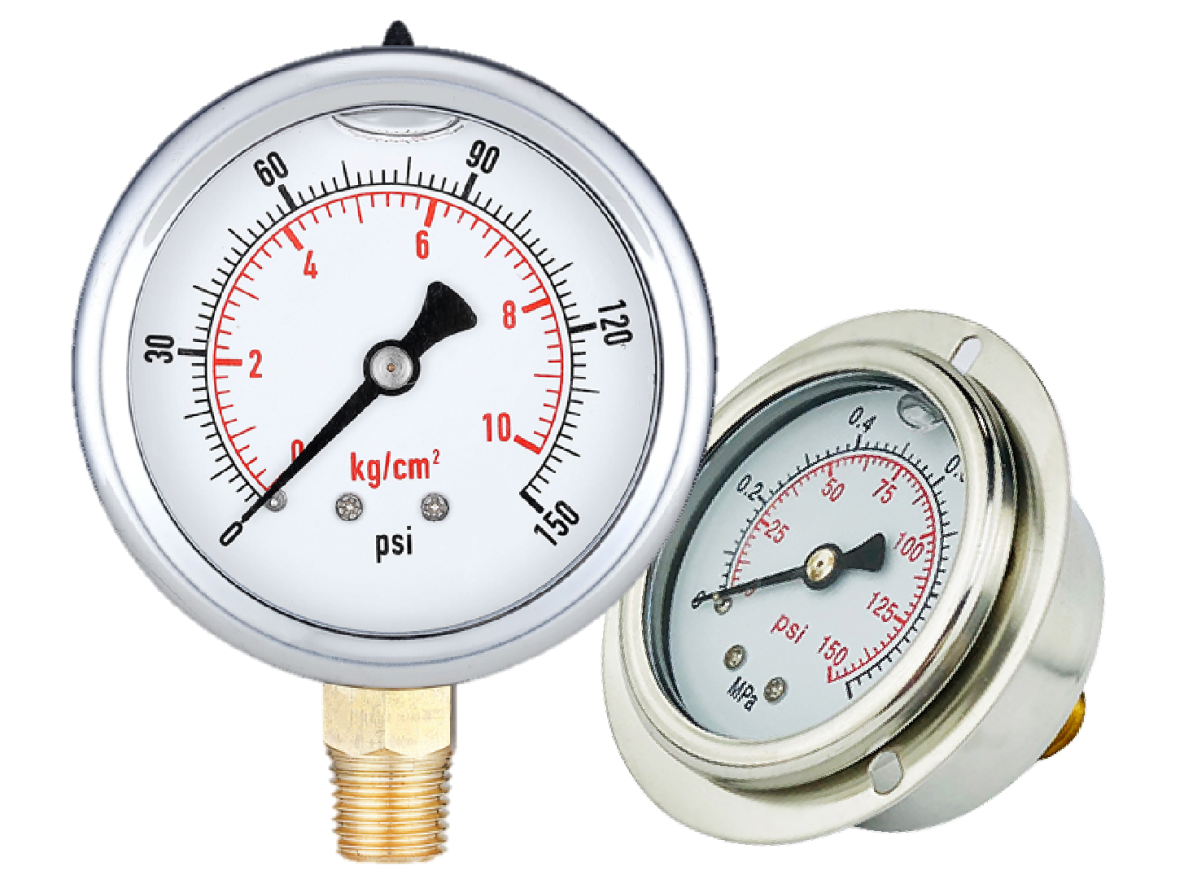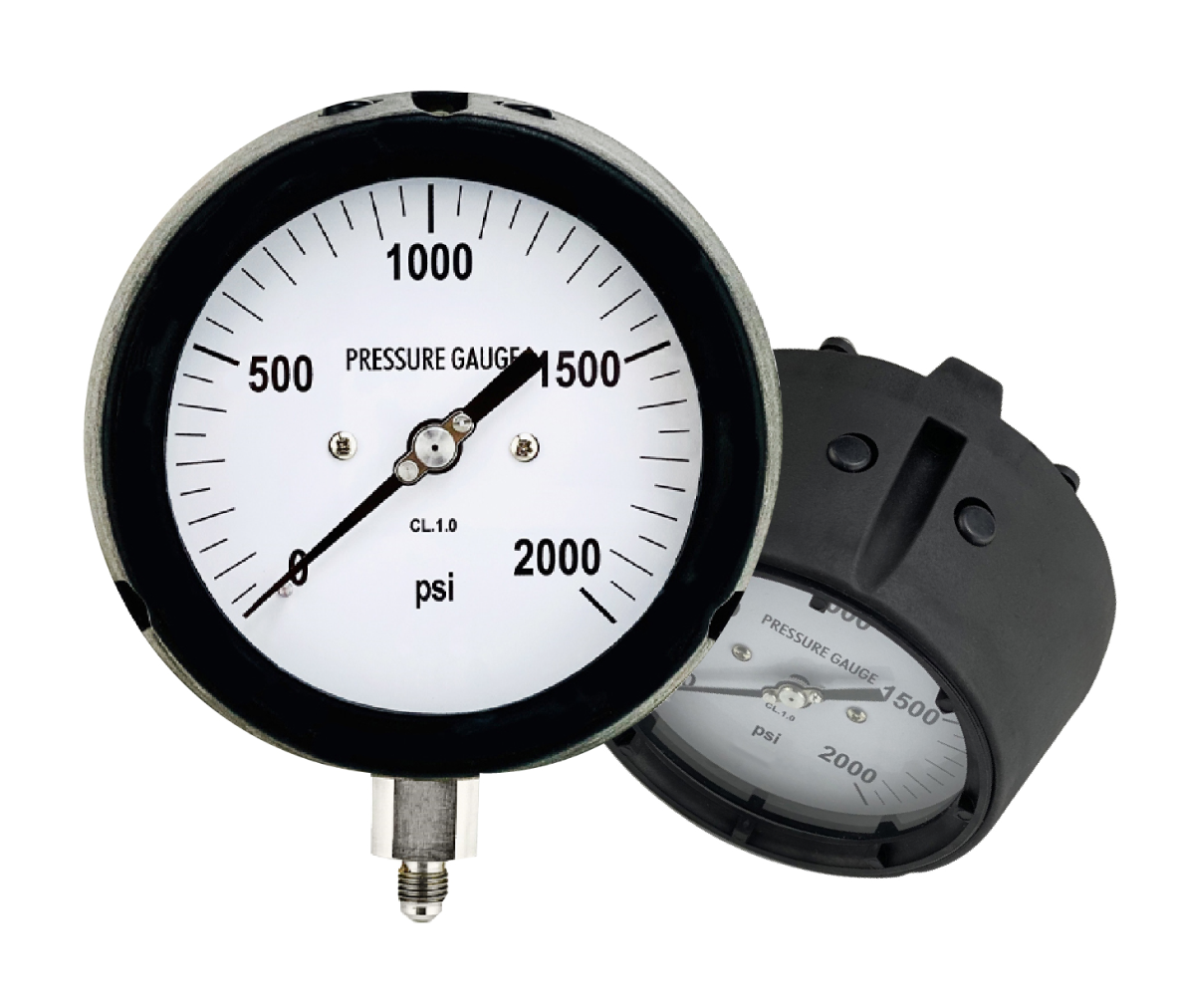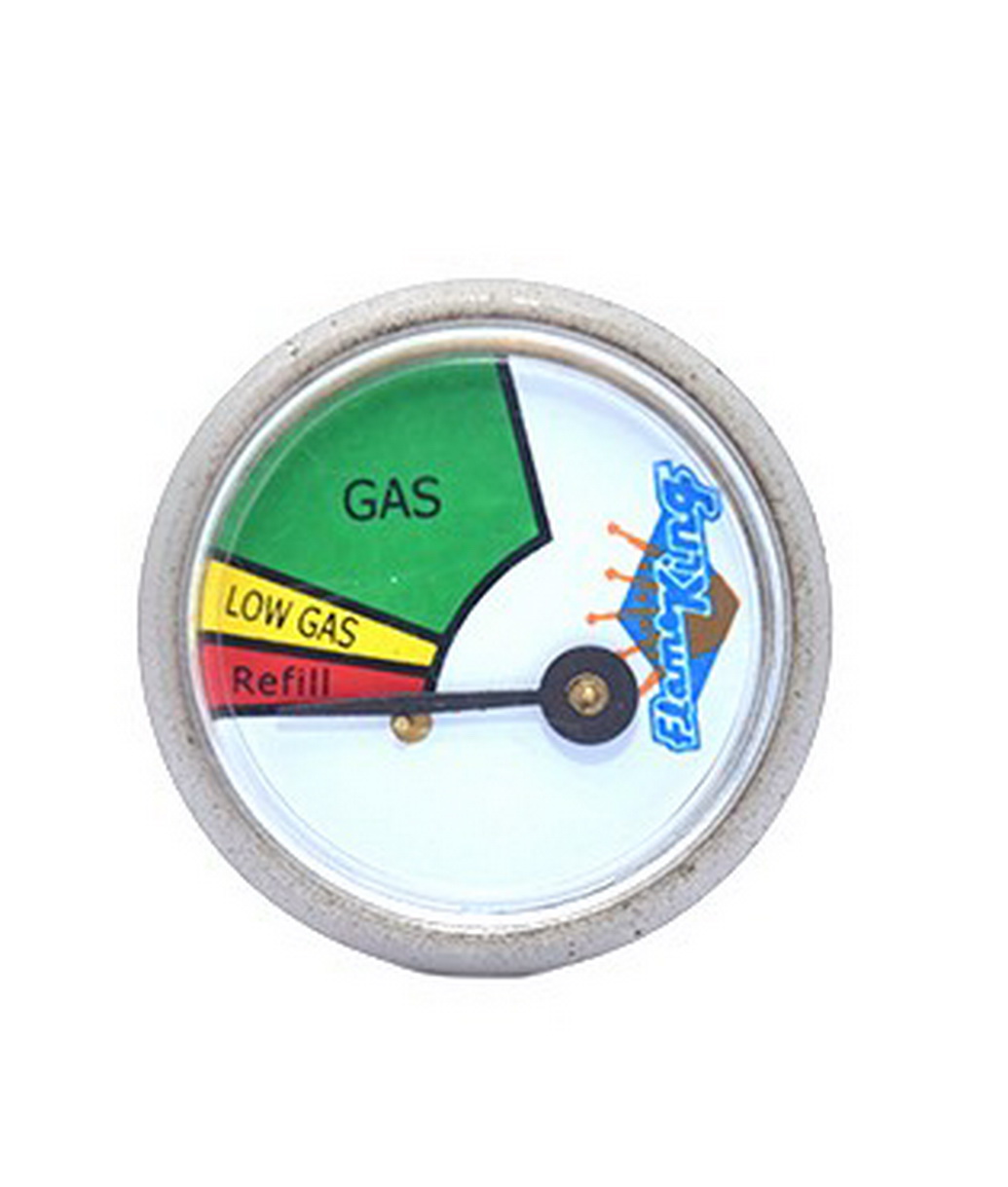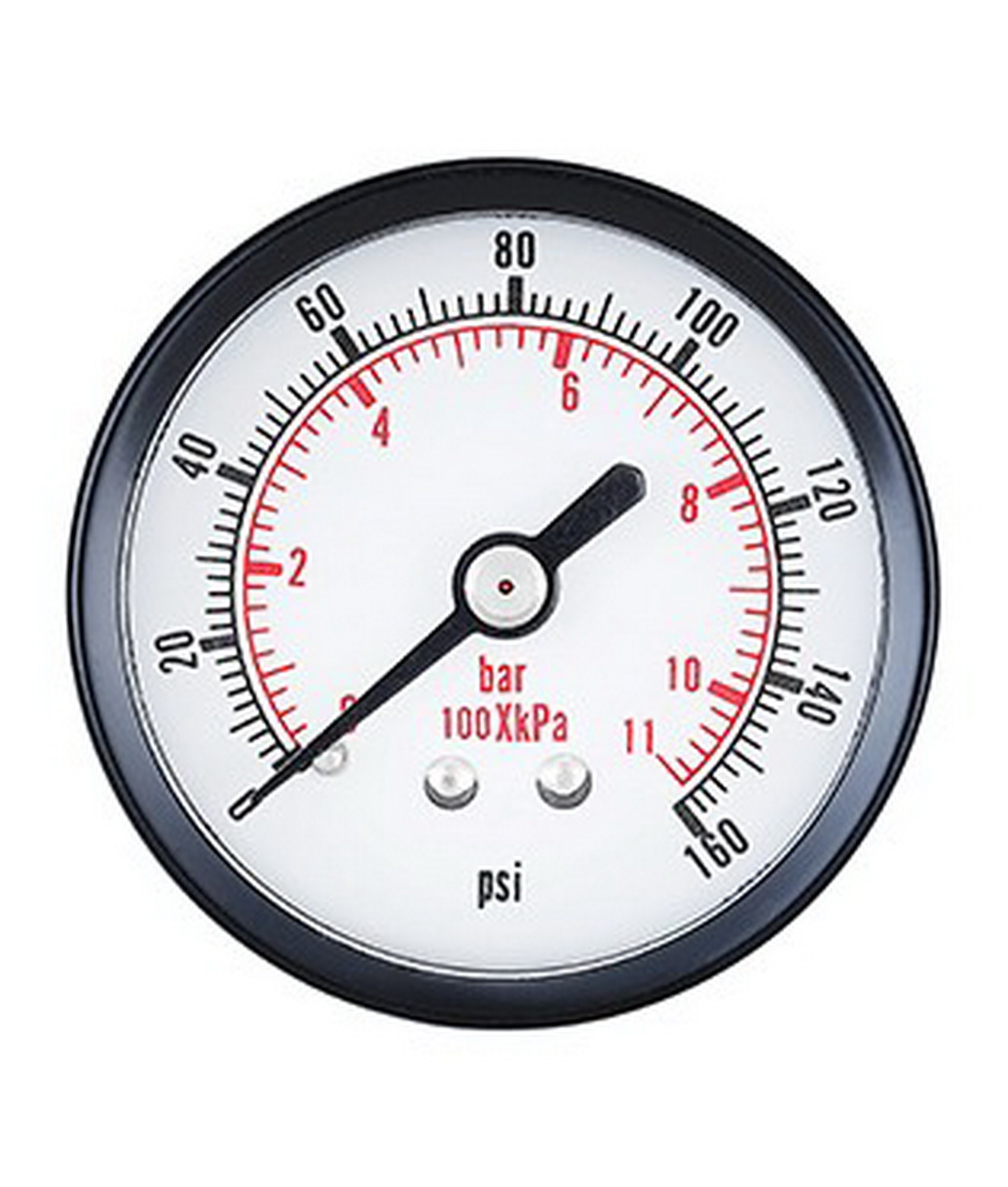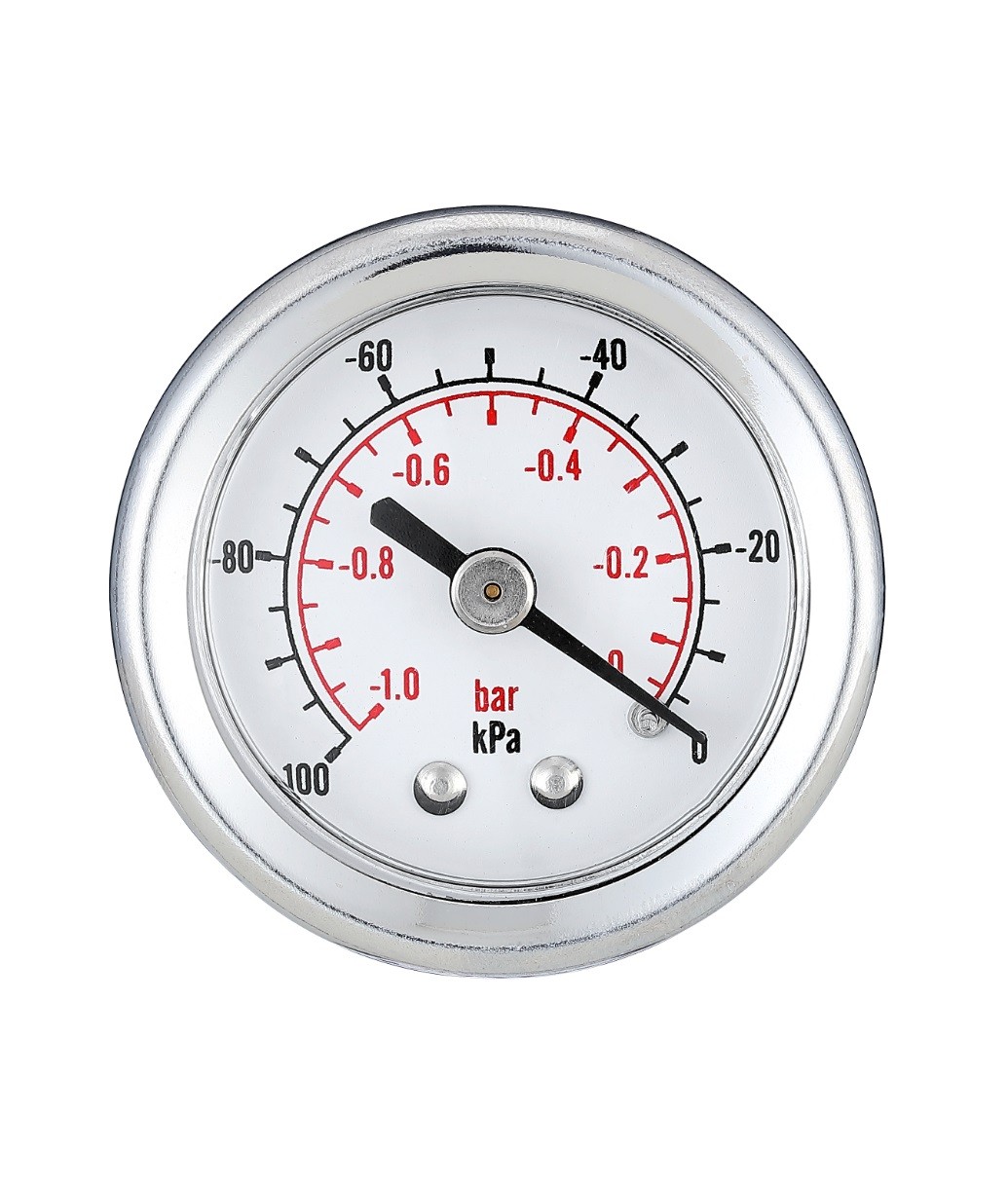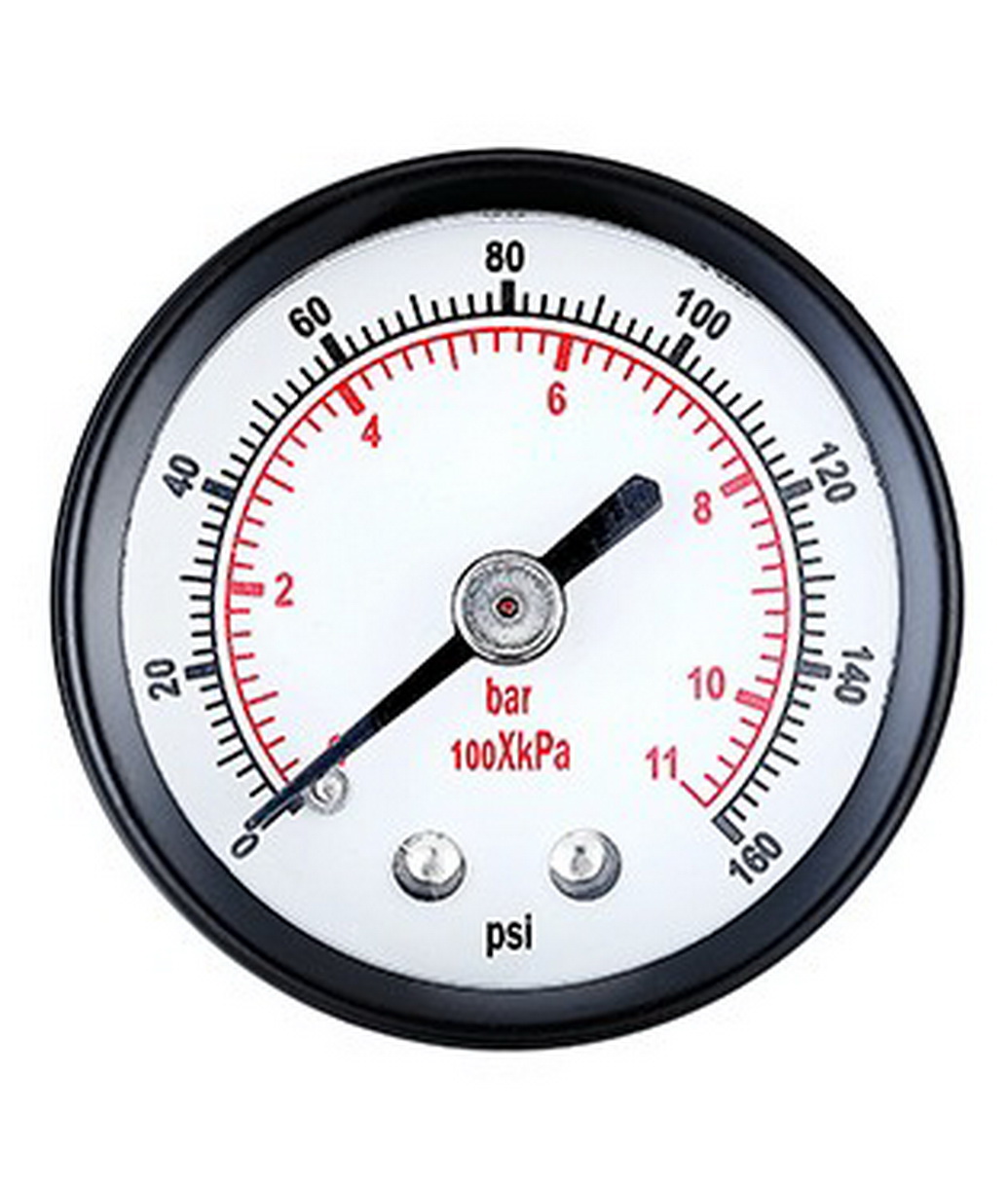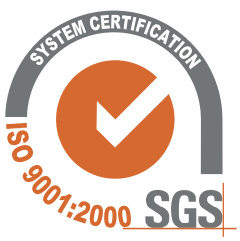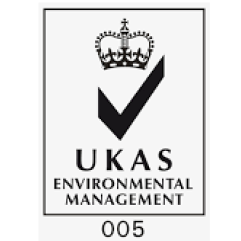A digital tyre pressure gauge is a reliable and convenient tool for accurately measuring the pressure in your tyres. Digital gauges offer precise measurements to the decimal point, making them more accurate than analogue options. Additionally, they are designed for ease of use, providing clear and easy-to-read displays that reduce the chances of incorrect measurements.
When using a digital tyre pressure gauge, it’s important to refer to your vehicle handbook or other reliable sources to determine the recommended tyre pressure. To measure the pressure accurately, remove the valve dust cap and firmly attach the gauge to the valve. Apply pressure until you get a reading and check the gauge to determine if your tyres need to be inflated or deflated. Inflation can be done in small increments using a suitable pump, while deflation can be achieved by using a screwdriver or the deflator button, if available. Remember to replace the valve dust caps after checking all four tyres.
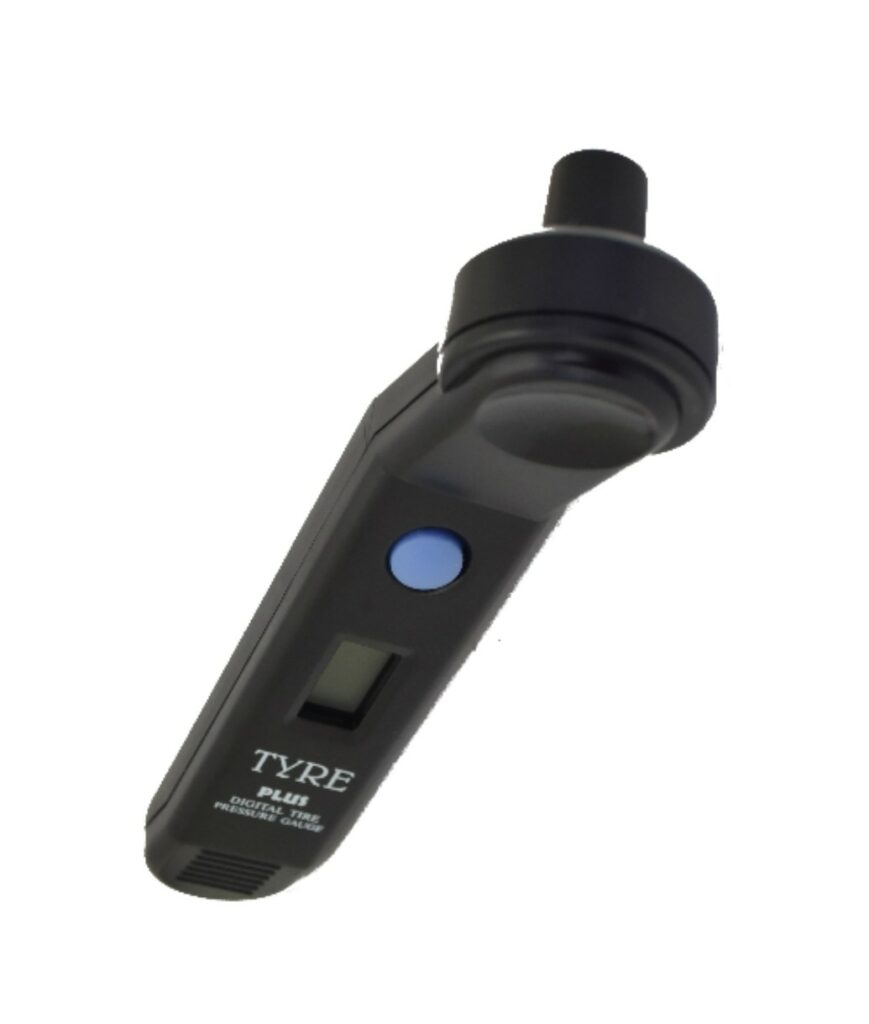

- A digital tyre pressure gauge offers accurate measurements to the decimal point, making it a reliable tool for maintaining optimal tyre pressure.
- Refer to your vehicle handbook or other trusted sources to determine the recommended tyre pressure.
- Attach the gauge firmly to the valve and apply pressure to get an accurate reading.
- Check the gauge to determine if your tyres need to be inflated or deflated, and make adjustments accordingly.
- Consider factors like accuracy, ease of use, and extra features when choosing a digital tyre pressure gauge.
The Importance of Tyre Pressure Monitoring
Proper tyre pressure is crucial for ensuring a smooth and safe driving experience. The tyre pressure directly affects the vehicle’s performance, fuel efficiency, and overall safety on the road. It is important to regularly monitor and maintain the correct tyre pressure to avoid potential problems and optimize your driving experience.
A tyre pressure monitoring system (TPMS) is an essential tool for keeping track of your tyre pressure. With a TPMS, you can easily monitor the pressure levels in real-time, ensuring that they are within the recommended range. This helps to prevent underinflation or overinflation, which can lead to uneven tyre wear, reduced grip, and even blowouts.
One of the main advantages of using a TPMS is the accuracy it provides. Unlike traditional pressure gauges that rely on manual readings, a TPMS provides precise measurements with digital accuracy. This ensures that you have the most accurate information about your tyre pressure, allowing you to take appropriate action if adjustments are needed.
| Benefits of Tyre Pressure Monitoring System (TPMS): |
|---|
| 1. Real-time pressure monitoring |
| 2. Accurate readings for optimal tyre performance |
| 3. Early detection of pressure abnormalities |
| 4. Improved fuel efficiency |
| 5. Enhanced safety and reduced risk of accidents |
According to tyre pressure gauge accuracy studies, a TPMS can improve fuel efficiency by up to 3% and reduce the risk of accidents due to tyre-related issues by up to 50%. It is a valuable investment for any vehicle owner.
Proactively monitoring your tyre pressure with a TPMS ensures that you can address any issues promptly, preventing potential tyre damage and improving overall vehicle performance. By maintaining the correct tyre pressure, you can extend the lifespan of your tyres, enhance fuel efficiency, and experience a smoother and safer ride.
Digital tyre pressure gauges offer several benefits that make them a preferred choice for accurate pressure readings. Unlike analogue gauges, digital gauges provide precise measurements to the decimal point, ensuring utmost accuracy. This is especially important when it comes to maintaining the correct tyre pressure, as even slight variations can impact vehicle performance and safety.
In addition to their accuracy, digital gauges are also easy to use. The digital display is clear and easy to read, eliminating the guesswork associated with analogue gauges. This makes it simpler to obtain accurate readings, reducing the chances of incorrect measurements that could lead to underinflated or overinflated tyres.
Furthermore, digital tyre pressure gauges often come with additional features that enhance their usability. Many models include backlights or built-in torches, making it easier to use the gauge in low-light conditions. This can be particularly useful during nighttime or when checking tyre pressure in dimly lit areas.
“Digital gauges provide precise measurements to the decimal point, ensuring utmost accuracy.”
When selecting a digital tyre pressure gauge, it’s important to consider factors such as accuracy, ease of use, and additional features. Look for a gauge that offers reliable and consistent readings, as well as a user-friendly design. Some popular options in the market include the PCL DTPG7, Blackline SWE310, and Ring Automotive RTG7. These gauges have been well-regarded for their accuracy and ease of use, making them reliable choices for accurate tyre pressure measurements.
| Gauge Model | Accuracy | Additional Features |
|---|---|---|
| PCL DTPG7 | Highly accurate | Backlight |
| Blackline SWE310 | Precision accuracy | Torch |
| Ring Automotive RTG7 | Accurate readings | Backlight and torch |
With the benefits of accuracy, ease of use, and additional features, digital tyre pressure gauges are the ideal tool for obtaining precise pressure readings. Ensure your vehicle’s tyres are properly inflated by investing in a reliable and accurate digital gauge.
Using a digital tyre pressure gauge is a straightforward process that ensures accurate readings. To begin, check the recommended tyre pressure for your vehicle, which can be found in your vehicle handbook or other reliable sources. Remember that different vehicles may have different recommended pressures, so it’s important to check for your specific make and model.
Once you have the recommended pressure, remove the valve dust cap from the tyre you wish to measure. Place the digital gauge onto the valve stem and apply firm, even pressure. The gauge will display the current pressure reading, which you can easily read on the digital display. Make sure to hold the gauge securely on the valve to prevent any air leaks that could affect the accuracy of the reading.
After obtaining the pressure reading, compare it to the recommended pressure. If the reading is lower, you may need to inflate the tyre using a suitable pump. It is recommended to inflate the tyre in small increments and periodically check the pressure with the digital gauge until the desired pressure is reached. On the other hand, if the reading is higher than the recommended pressure, you may need to release some air from the tyre. This can be done using a screwdriver or a deflator button if your gauge is equipped with one. Remember to always put the valve dust cap back on securely once you have finished checking all four tyres.
| Type of Vehicle | Recommended Tyre Pressure Range |
|---|---|
| Cars | 28-34 psi |
| Motorcycles | 30-36 psi |
| SUVs and Vans | 30-36 psi |
Remember, maintaining the correct tyre pressure is crucial for optimal performance and safety. Incorrect pressure can lead to reduced fuel efficiency, uneven wear, and compromised handling. Regularly using a digital tyre pressure gauge to monitor and adjust your tyre pressure will help ensure a smooth and safe driving experience.
Checking and Adjusting Tyre Pressure
Regularly checking and adjusting tyre pressure is essential for optimal vehicle performance and safety. Incorrect tyre pressure can lead to decreased fuel efficiency, uneven tyre wear, and compromised handling on the road. To ensure a smooth and safe ride, it is important to maintain the recommended tyre pressure for your specific vehicle.
Using a tyre pressure gauge is the most accurate way to measure tyre pressure. For cars and motorcycles, a portable digital tyre pressure gauge is a convenient tool to have. These gauges are compact, easy to use, and provide precise readings.
Here is how you can check and adjust your tyre pressure using a portable digital tyre pressure gauge:
- Refer to your vehicle handbook or manufacturer’s recommendations to find the recommended tyre pressure for your vehicle.
- Remove the valve dust cap from the tyre you want to check.
- Place the nozzle of the digital tyre pressure gauge onto the valve and press firmly to ensure a proper seal.
- Wait for the gauge to display the tyre pressure reading. Take note of the measurement.
- If the measured pressure is lower than the recommended pressure, use an air pump to inflate the tyre. Add air in small increments, checking the pressure after each addition, until the desired pressure is reached.
- If the measured pressure is higher than the recommended pressure, you can use a deflator button on the gauge or a screwdriver to release air from the tyre in small increments.
- Repeat the process for all four tyres.
- Once you have finished checking and adjusting the tyre pressure, remember to put the valve dust caps back on.
By regularly checking and adjusting your tyre pressure, you can ensure optimal vehicle performance, better fuel efficiency, and a safer driving experience. It is advisable to check your tyre pressure at least once a month and before long journeys. Invest in a reliable and accurate digital tyre pressure gauge to make this task quick and easy.
| Recommended Digital Tyre Pressure Gauges | Accuracy | Ease of Use |
|---|---|---|
| PCL DTPG7 | High | Easy |
| Blackline SWE310 | Excellent | Simple |
| Ring Automotive RTG7 | Precision | Convenient |
Why Choose a Digital Tyre Pressure Gauge?
Digital tyre pressure gauges offer several advantages over analogue ones. They provide accurate measurements to the decimal point, making it easier to fine-tune the pressure. Digital gauges also have clear digital displays, eliminating the need for interpretation and reducing the chances of error. Additionally, some digital gauges come with extra features like backlights or torches, making them suitable for use in low-light conditions.
Choosing the Right Tyre Pressure Gauge
Selecting the right tyre pressure gauge is crucial for accurate readings and ease of use. When it comes to digital gauges, there are a few key factors to consider. Firstly, accuracy is essential. Look for a gauge that provides precise measurements to ensure your tyres are inflated to the correct pressure. One highly recommended option is the PCL DTPG7, known for its reliable and accurate readings. Another top choice is the Blackline SWE310, which offers advanced features and a user-friendly interface. For those looking for a compact and portable option, the Ring Automotive RTG7 is a great pick.
Aside from accuracy, ease of use is another important aspect to consider. Look for a gauge with a clear digital display that is easy to read, even in low-light conditions. A digital tyre pressure gauge with backlight, such as the PCL DTPG7, ensures readability in any situation. Additionally, consider the ergonomics of the gauge, including the size and design. A gauge that fits comfortably in your hand and is easy to manipulate will make the process of checking tyre pressure much simpler.
Finally, don’t forget to look out for any extra features that may enhance the usability of the gauge. Some digital gauges come with a built-in torch or backlight, making it easy to use in low-light conditions or at night. These features can be particularly useful if you often find yourself checking your tyre pressure in dimly lit areas. Additionally, some gauges may offer the ability to switch between different units of measurement, such as psi and bar, providing flexibility to suit your preferences.
| Recommended Digital Tyre Pressure Gauges |
|---|
| PCL DTPG7 |
| Blackline SWE310 |
| Ring Automotive RTG7 |
Takeaway Points:
- Accuracy is crucial when selecting a digital tyre pressure gauge.
- Consider ease of use, including clear digital displays and ergonomic design.
- Look out for extra features like backlight or torch for improved usability.
- Recommended digital gauges include the PCL DTPG7, Blackline SWE310, and Ring Automotive RTG7.
Here are a few recommended digital tyre pressure gauges that offer accurate readings and user-friendly features:
- PCL DTPG7: This digital tyre pressure gauge is known for its precision and reliability. It provides accurate measurements in both psi and bar, allowing you to monitor your tyre pressure with confidence. With its sturdy construction and easy-to-read display, the PCL DTPG7 is an excellent choice for both professional mechanics and DIY enthusiasts.
- Blackline SWE310: The Blackline SWE310 is a versatile digital tyre pressure gauge that offers precise readings and a range of useful features. Its ergonomic design and large backlit display make it easy to use even in low-light conditions. Equipped with psi and bar measurement options, this gauge ensures accurate results every time.
- Ring Automotive RTG7: The Ring Automotive RTG7 is a reliable digital tyre pressure gauge that combines accuracy with user-friendly features. Featuring a backlit display and a built-in torch, this gauge allows for easy readings and added convenience. With its compact design and intuitive operation, the Ring Automotive RTG7 is suitable for both professional mechanics and everyday car owners.
When selecting a digital tyre pressure gauge, it is important to consider factors such as accuracy, ease of use, and additional features. These recommended gauges have proven to deliver accurate measurements and offer user-friendly functionalities to enhance your tyre pressure monitoring experience.
| Gauge | Accuracy | Measurement Units | Extra Features |
|---|---|---|---|
| PCL DTPG7 | High | psi, bar | Sturdy construction |
| Blackline SWE310 | High | psi, bar | Backlit display |
| Ring Automotive RTG7 | High | psi, bar | Backlit display, built-in torch |
Comparing the recommended digital tyre pressure gauges, all three options provide high accuracy readings in both psi and bar. The PCL DTPG7 stands out for its sturdy construction, ensuring durability and longevity. The Blackline SWE310 offers the benefit of a backlit display, enhancing visibility in dimly lit environments. The Ring Automotive RTG7 goes a step further with a built-in torch, providing added convenience when checking tyre pressure in darker settings. Regardless of your specific needs, any of these gauges will help you maintain optimal tyre pressure for improved safety and performance.
Understanding Tyre Pressure Readings
Understanding the readings on your digital tyre pressure gauge is crucial for maintaining optimal tyre pressure. A digital gauge with a clear and easy-to-read display, such as the PCL DTPG7 or Blackline SWE310, can help you accurately monitor your tyre pressure.
When using a digital gauge, it’s important to note that the readings are typically displayed in either PSI (pounds per square inch) or bar. PSI is the most common unit of measurement in the United Kingdom, while bar is used in some European countries. Ensure that your gauge is set to the appropriate unit for your needs.
To obtain a reading, simply attach the gauge to the tyre valve and press firmly to establish a seal. The gauge will provide a digital display of the current tyre pressure. If the reading is below the recommended level, you may need to inflate the tyre. Conversely, if the reading is above the recommended level, you may need to release some air.
Remember to check the recommended tyre pressure for your specific vehicle, as this information can vary. It is typically found in your vehicle’s handbook or on a sticker located on the driver’s side door jamb. Maintaining the correct tyre pressure not only improves fuel efficiency but also ensures optimal vehicle handling and safety.
| Type of Vehicle | Front Tyres | Rear Tyres |
|---|---|---|
| Compact Car | 30-35 | 30-35 |
| Sedan | 32-36 | 32-36 |
| SUV | 33-37 | 33-37 |
| Motorcycle | 28-34 | 28-34 |
Referencing the recommended tyre pressure table above can help you gauge whether your tyres need inflation or deflation. It’s important to note that these values are general guidelines and may vary depending on your specific vehicle model, tyre type, and intended usage. Regularly checking and adjusting your tyre pressure with a reliable digital tyre pressure gauge, such as a Ring Automotive RTG7, is essential for maintaining optimal performance and safety on the road.
The Role of Batteries in Digital Tyre Pressure Gauges
Digital tyre pressure gauges are powered by batteries, which provide the necessary energy for accurate measurements. These gauges function by utilizing pressure sensors and electronic circuits to convert the air pressure in the tyre into a digital display. The batteries in a digital tyre pressure gauge ensure that the device remains portable, allowing you to measure tyre pressure conveniently wherever you are.
When choosing a digital tyre pressure gauge, it is important to consider the battery life. Most digital gauges use standard-sized batteries, such as AAA or CR2032, which are readily available. However, it is advisable to opt for a gauge with a long battery life to avoid frequent replacements. Some gauges also come with a low battery indicator, ensuring that you are aware when it is time to replace the batteries.
In addition to providing accurate measurements, digital gauges with backlight functionality are especially useful. The backlight feature allows you to read the gauge easily, even in low-light conditions or at night. This is particularly important for safety purposes, as maintaining proper tyre pressure is crucial for optimal performance and road handling.
| Gauge Model | Accuracy | Backlight |
|---|---|---|
| PCL DTPG7 | ±1 PSI | No |
| Blackline SWE310 | ±0.5 PSI | Yes |
| Ring Automotive RTG7 | ±0.2 PSI | No |
Recommended digital tyre pressure gauges that offer accurate readings and ease of use include the PCL DTPG7, Blackline SWE310, and Ring Automotive RTG7. These gauges are designed to provide precise measurements and are suitable for both personal and professional use. Whether you need to check your tyre pressure at home, on the road, or in the workshop, these gauges are reliable tools to ensure your tyres are in optimal condition for safe driving.
In conclusion, digital tyre pressure gauges rely on batteries to function and provide accurate measurements. When choosing a gauge, consider the battery life and the presence of a backlight for easy reading. By investing in a high-quality digital gauge, such as the PCL DTPG7, Blackline SWE310, or Ring Automotive RTG7, you can ensure that your tyre pressure is always monitored accurately, contributing to safer and more efficient driving.
Importance of Recommended Tyre Pressure
Following the manufacturer’s recommended tyre pressure is crucial for optimal vehicle performance and safety. Maintaining the correct tyre pressure helps to ensure even tread wear, improves fuel efficiency, and enhances vehicle handling. Incorrect tyre pressure can lead to reduced traction, decreased braking performance, and increased risk of accidents. Therefore, it is essential to regularly check and adjust your tyre pressure to the recommended levels.
For cars, the recommended tyre pressure can usually be found in the vehicle handbook, on the driver’s side door frame, or inside the fuel filler cap. Motorcycles may have different recommended pressures depending on the model and usage. It is important to consult the motorcycle manufacturer’s guidelines or seek advice from a trusted mechanic or tyre specialist to determine the appropriate tyre pressure for your motorcycle.
Properly inflated tyres not only contribute to safer driving conditions but also extend the life of your tyres. Overinflated tyres can result in a harsher ride, decreased traction, and increased risk of blowouts. Underinflated tyres, on the other hand, can cause excessive heat buildup, uneven wear patterns, and reduced fuel efficiency. By adhering to the recommended tyre pressure, you can ensure that your vehicle operates at its best and maintain your safety on the road.
| Tyre Pressure Gauge | Accuracy | Easy-to-Use | Extra Features |
|---|---|---|---|
| PCL DTPG7 | ✓ | ✓ | Backlight |
| Blackline SWE310 | ✓ | ✓ | – |
| Ring Automotive RTG7 | ✓ | ✓ | – |
To ensure accuracy and ease of use when checking your tyre pressure, consider investing in a reliable digital tyre pressure gauge. The PCL DTPG7, Blackline SWE310, and Ring Automotive RTG7 are highly recommended options. These gauges offer accurate readings, are user-friendly, and provide conveniences like backlights for easy reading in low-light conditions.
Remember, maintaining the recommended tyre pressure is essential for your safety on the road and the longevity of your tyres. Regularly check your tyre pressure and make any necessary adjustments accordingly.
While using a digital tyre pressure gauge is generally safe, it’s important to follow certain precautions to ensure accurate and reliable results. Here are some safety measures to keep in mind when using a digital tyre pressure gauge:
- Before using the gauge, make sure to inspect it for any damage or defects. Check that the display is clear and functioning properly.
- Ensure that the valve stem is clean and free from dirt or debris. This will help prevent any interference with the gauge’s readings.
- When placing the gauge onto the valve stem, press it firmly and straight. Avoid applying too much force or angling the gauge, as this can lead to inaccurate readings.
- Allow the gauge a few seconds to stabilize and provide a steady reading. Avoid quickly removing the gauge from the valve, as this can disrupt the accuracy of the measurement.
- When inflating or deflating the tyres, do so in small increments. This will help prevent over or under-inflating the tyres, which can affect their performance and safety.
- Store the tyre pressure gauge in a safe and dry place when not in use. This will help protect it from damage and ensure its longevity.
By following these safety precautions, you can ensure that you obtain accurate and reliable measurements with your digital tyre pressure gauge. Remember, maintaining the correct tyre pressure is essential for optimal performance and safety on the road.
Table: Recommended Digital Tyre Pressure Gauges
| Gauge Model | Accuracy | Additional Features |
|---|---|---|
| PCL DTPG7 | Highly accurate | Backlight, easy to use |
| Blackline SWE310 | Precise measurements | Large LCD display, ergonomic design |
| Ring Automotive RTG7 | Accurate and reliable | Pressure hold function, durable construction |
These recommended digital tyre pressure gauges offer accurate readings and are known for their ease of use. Whether you’re a professional mechanic or a car enthusiast, investing in a reliable digital gauge can help you maintain the optimal tyre pressure for your vehicle.
Remember, safety should always come first when using any type of automotive tool. By taking the necessary precautions and using a quality digital tyre pressure gauge, you can ensure that your tyres are properly inflated for a smoother and safer driving experience.
Additional Features to Consider in a Tyre Pressure Gauge
Some digital tyre pressure gauges come equipped with additional features that make them even more convenient and user-friendly. These features can enhance the overall functionality of the gauge and provide added value to the user. When selecting a digital tyre pressure gauge, it’s important to consider these features to ensure you choose the best option for your needs.
Backlight for Easy Readability
One of the most useful additional features is a backlight. This allows you to easily read the gauge in low light conditions or at night. Whether you’re checking your tyre pressure in a dimly lit garage or during a late-night emergency, a backlight can make all the difference in ensuring accurate measurements.
Measurement in psi and Bar
Another important feature to consider is the ability to measure pressure in both psi and bar. This ensures compatibility with different measurement systems and makes it easier to use the gauge with various vehicles. Whether you’re inflating tyres on a car, motorcycle, or bicycle, having the flexibility to switch between psi and bar measurements is crucial.
| Recommended Digital Tyre Pressure Gauges | Features |
|---|---|
| PCL DTPG7 | Backlit display, measurement in psi and bar |
| Blackline SWE310 | Backlit display, measurement in psi and bar |
| Ring Automotive RTG7 | Backlit display, measurement in psi and bar |
Conclusion
When choosing a digital tyre pressure gauge, it’s important to consider additional features that can enhance its usability and convenience. Features like a backlight for easy readability and the ability to measure pressure in psi and bar can make a significant difference in your tyre maintenance routine. The recommended gauges, PCL DTPG7, Blackline SWE310, and Ring Automotive RTG7, offer these features and ensure accurate readings for accurate tyre pressure management.
Taking care of your digital tyre pressure gauge ensures accurate and reliable readings over an extended period. Here are some maintenance tips to keep your gauge in tip-top shape:
- Keep it clean: Regularly wipe down the exterior of your gauge with a damp cloth to remove any dirt or debris. This will help prevent any build-up that could affect its performance.
- Protect it from extreme temperatures: Avoid exposing your gauge to extreme heat or cold, as this can affect its accuracy. Store it in a cool and dry place when not in use.
- Check the batteries: If your gauge is battery-powered, regularly check the battery life and replace them as needed. This will ensure that your gauge is always ready to use.
Additionally, it’s important to calibrate your gauge periodically to maintain its accuracy. Most digital gauges offer a calibration feature or can be calibrated by a professional. Refer to the user manual or contact the manufacturer for instructions on how to calibrate your specific model.
By following these maintenance practices, you can prolong the lifespan of your portable tyre pressure gauge and rely on accurate readings whenever you need them.
| Gauge Model | Accuracy | Additional Features |
|---|---|---|
| PCL DTPG7 | ±1 PSI | Backlit display |
| Blackline SWE310 | ±0.5 PSI | Pressure release button |
| Ring Automotive RTG7 | ±0.5 PSI | Pressure unit conversion |
Common Mistakes to Avoid When Using a Tyre Pressure Gauge
Avoiding common mistakes can help ensure accurate tyre pressure readings and optimal vehicle performance. When using a digital tyre pressure gauge, it’s important to be aware of these potential errors:
- Not checking tyre pressure regularly: It’s easy to overlook the importance of checking tyre pressure on a regular basis. However, maintaining the correct tyre pressure is crucial for safe driving and fuel efficiency. Make it a habit to check tyre pressure at least once a month or before long journeys.
- Using a gauge with low battery: Digital tyre pressure gauges require batteries to function properly. Using a gauge with low battery can result in inaccurate readings. Always check the battery status before using the gauge and replace them as needed.
- Ignoring temperature changes: Tyre pressure can fluctuate with temperature changes. It’s important to take temperature into account when checking tyre pressure. Remember that tyre pressure can increase as the temperature rises and decrease as it drops.
- Using the wrong type of gauge: There are different types of tyre pressure gauges available, including digital and analogue options. Using the wrong type of gauge can lead to inaccurate readings. Ensure you have the appropriate gauge for your needs and follow the manufacturer’s instructions.
Avoiding these mistakes will help you maintain accurate tyre pressure, leading to better fuel efficiency, improved handling, and longer tyre lifespan. By being diligent in your tyre pressure checks, you can enjoy a safer and more comfortable driving experience.
When it comes to choosing a digital tyre pressure gauge, there are several reliable options available:
| Gauge Model | Accuracy | Features |
|---|---|---|
| PCL DTPG7 | High | Backlit display, ergonomic design |
| Blackline SWE310 | Very high | Large LCD screen, automatic shut-off |
| Ring Automotive RTG7 | High | Pressure release button, LED light |
These recommended digital gauges offer accurate readings and user-friendly features, making them great options for keeping your tyres properly inflated.
Understanding Tyre Pressure Recommendations for Different Vehicles
Understanding the recommended tyre pressure for your specific vehicle type is essential for safe and efficient driving. Maintaining the correct tyre pressure not only enhances your vehicle’s performance but also ensures your safety on the road. Different vehicles have varying tyre pressure requirements based on factors such as weight distribution and suspension design. It is crucial to follow the manufacturer’s recommendations to ensure optimal performance and longevity of your tyres.
For cars, the recommended tyre pressure usually ranges from 30 to 35 psi (pounds per square inch). However, it is always best to consult your vehicle handbook or check the label inside the driver’s side door jamb for the exact specifications. Motorcycles, on the other hand, typically require higher tyre pressures ranging from 28 to 40 psi. Again, refer to your motorcycle’s manual or seek guidance from the manufacturer to determine the appropriate pressure for your specific model.
To help you easily understand and manage your tyre pressure, here’s a table summarizing the recommended tyre pressures for cars and motorcycles:
| Vehicle Type | Recommended Tyre Pressure (psi) |
|---|---|
| Car | 30 – 35 |
| Motorcycle | 28 – 40 |
Remember, these are general guidelines, and it’s important to consider individual vehicle specifications and driving conditions. Factors such as load, driving style, and weather conditions can affect tyre pressure. Regularly checking and adjusting your tyre pressure can help optimize fuel efficiency, extend tyre life, and improve overall safety on the road.
By understanding the recommended tyre pressure for your specific vehicle type and diligently maintaining it, you can ensure a smooth and comfortable driving experience while maximizing your tyres’ lifespan. Always prioritize safety and consult professional guidance if you are unsure about the appropriate tyre pressure for your vehicle.
Conclusion
Investing in a digital tyre pressure gauge provides you with a reliable and convenient tool for maintaining optimal tyre pressure and ensuring a safe driving experience. These gauges offer accurate and precise measurements to the decimal point, making them superior to analogue options. With their easy-to-read digital displays, you can quickly and effortlessly check your tyre pressure without any guesswork.
To use a digital tyre pressure gauge, start by consulting your vehicle handbook or other sources for the recommended tyre pressure. Remove the valve dust cap and place the gauge on the valve, applying pressure to get an accurate reading. By checking the gauge, you can easily determine if your tyres need to be inflated or deflated to achieve the optimal pressure. Inflate the tyres in small increments using a suitable pump or release air with a screwdriver or deflator button if deflation is necessary. Don’t forget to put the valve dust caps back on once you have finished checking all four tyres.
When selecting a digital tyre pressure gauge, consider factors such as accuracy, ease of use, and additional features like a backlight or torch. Some recommended options include the PCL DTPG7, Blackline SWE310, and Ring Automotive RTG7. These gauges are known for their accurate readings and user-friendly design, making them ideal choices for both professional mechanics and everyday car owners.
In conclusion, a digital tyre pressure gauge is an essential tool for maintaining the recommended tyre pressure and ensuring optimal performance and safety on the road. With their accuracy and ease of use, these gauges provide a reliable solution for monitoring and adjusting tyre pressure. Start using a digital tyre pressure gauge today to enjoy a smoother and safer driving experience.
FAQ
What is a digital tyre pressure gauge?
A digital tyre pressure gauge is a tool used to accurately measure the pressure of tyres. Unlike analogue gauges, digital gauges provide measurements to the decimal point and are easier to read.
How do I use a tyre pressure gauge?
To use a tyre pressure gauge, first check the recommended tyre pressure for your vehicle. Remove the valve dust cap, place the gauge on the valve, and apply pressure to get a reading. Use the gauge to determine if your tyres need inflation or deflation.
What should I consider when choosing a tyre pressure gauge?
When choosing a tyre pressure gauge, consider factors such as accuracy, ease of use, and extra features like a backlight or torch.
Can you recommend any digital tyre pressure gauges?
Recommended digital tyre pressure gauges include the PCL DTPG7, Blackline SWE310, and Ring Automotive RTG7. These gauges offer accurate readings and are easy to use.
How do I interpret the readings provided by a digital tyre pressure gauge?
The readings on a digital tyre pressure gauge represent the pressure in psi (pounds per square inch) or bar. These measurements can be used to determine if your tyres are underinflated or overinflated.
Do digital tyre pressure gauges require batteries?
Yes, digital tyre pressure gauges require batteries to function. It is important to ensure that the batteries are properly installed and functioning to obtain accurate readings.
Why is using the recommended tyre pressure important?
Using the recommended tyre pressure is important for optimal performance and safety. Incorrect tyre pressure can lead to uneven wear, reduced fuel efficiency, and increased risk of accidents.
Are there any safety precautions to take when using a tyre pressure gauge?
When using a tyre pressure gauge, make sure the vehicle is parked on a level surface and the tyres are cold. Avoid overinflating and releasing air too quickly. Follow the manufacturer’s instructions and wear appropriate protective gear.
What extra features should I consider in a tyre pressure gauge?
Extra features to consider in a tyre pressure gauge include a backlight for easy reading in low light conditions and the ability to measure pressure in both psi and bar.
How do I properly maintain a tyre pressure gauge?
To properly maintain a tyre pressure gauge, keep it clean and dry, avoid dropping it, and store it in a protective case. Regularly check and replace the batteries as needed.
What are common mistakes to avoid when using a tyre pressure gauge?
Common mistakes to avoid when using a tyre pressure gauge include not checking the recommended pressure, not properly attaching the gauge to the valve, and not checking all four tyres.
How does recommended tyre pressure vary for different vehicles?
The recommended tyre pressure can vary for different vehicles. Consult your vehicle handbook or other sources to determine the appropriate pressure for cars, motorcycles, or other specific types of vehicles.

